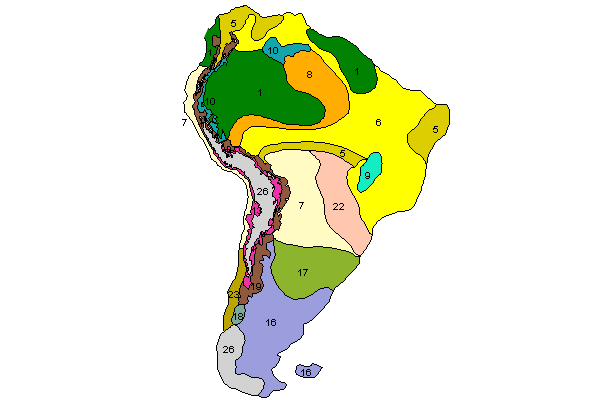
Figure 5: Map of South America (view legend)
South America was slightly cooler and generally drier than at present. It appears that the Amazonian rainforest was substantially reduced in area (though large uncertainties remain). The Atlantic forest of Brazil was also much diminished. Some desert and semi-desert areas formed in what are presently grassland and scrub zones.
Regionally specific altitudinal zones: 'permanent ice' above 4100m throughout the Andes at the LGM, based on Hooghiemstra (1989).

Figure 5: Map of South America (view legend)
Absy et al. (1991); Absy and van der Hammen (1976); Behling (1995); Bonatti and Gartner (1973); Broecker (1995); Bush (1994); Bush and Colinvaux (1990); Campbell (1989a, 1989b); Clapperton (1993); Colinvaux (1972, 1987); Colinvaux et al. (1988); Colinvaux et al. (1989); Denton and Hughes (1981); de Oliveira et al. (1995); Grossjean and Messerli (1995); Haffer (1969); Heine (1994, 1995); Heusser (1983a, 1983b, 1987); Hooghiemstra 1989); Hooghiemstra et al. (1992a); Irion (1984); Iriondo (1988); Iriondo and Garcia (1993); Latrubesse and Rancy (1995); Ledru (1992a, 1992b); Leyden (1985); Leyden et al. (1993); Markgraf (1989, 1991, 1993); Markgraf et al. (1992); Nelson et al. (1990); Schwalb and Burns (1995); Stude et al. (1995); Suguio et al. (1993); Thomas (1994); Thompson et al. (1995); van der Hammen (1992); van der Hammen and Absy (1994); Villagran (1988, 1990); Wijmstra and van der Hammen (1966).
© Internet Archaeology
URL: http://intarch.ac.uk/journal/issue11/2/4.3.html
Last updated: Mon Dec 3 2001